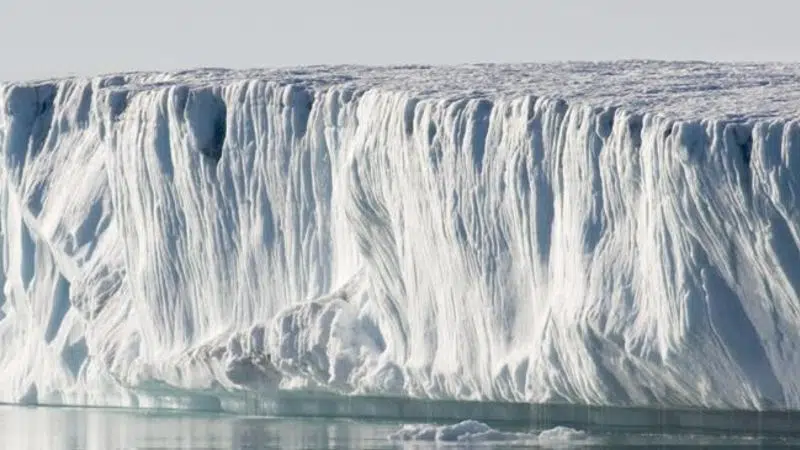
Inuit plan says climate change can’t be separated from social issues
INUVIK, N.W.T. — Climate change affects all parts of life in the North and any plan to deal with it must be just as wide-ranging, says a strategy document to be released today by Canada’s Inuit.
“This is something that isn’t just a policy area for us,” said Natan Obed, head of Inuit Tapiriit Kanatami, which wrote the strategy. “It also is a life-and-death situation for people who are still inextricably linked to the environment.”
The Arctic is warming twice as quickly as the rest of the planet and that means the Inuit need their own plan to deal with it, Obed said.


